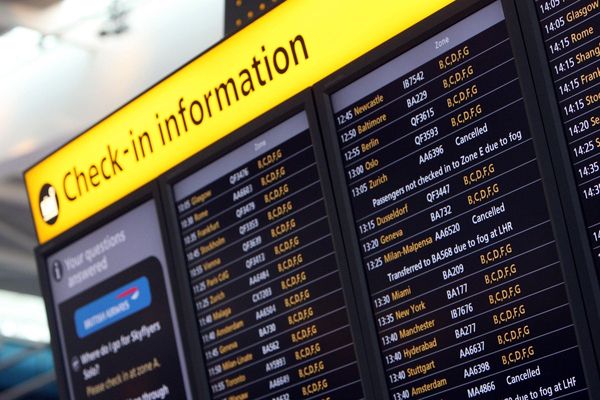
The number of patients stuck in London hospitals waiting to be discharged is 14 per cent higher than at the same point last year, figures revealed on Friday, as the NHS braces for its busiest period.
Analysis of NHS data by the Standard shows that 1,548 patients remained in a hospital bed on November 20 despite being medically fit to be discharged, a rise of 198 on the figure reported a year ago.
Many beds in hospital are taken up by elderly, vulnerable patients with no social care package to be discharged into. Delayed discharges can also lead to gridlock in A&E as sick patients cannot be allocated a bed.
A total of 1,612 beds in London were occupied by patients fit to be discharged at the peak of the winter crisis on January 2 this year. The issue forced ministers to announce a £750m funding package to buy up social care beds.
The figures have been published as part of the first weekly snapshot of how NHS hospitals in England are performing this winter.
Data showed that the number of patients in hospitals across England with norovirus was almost three times higher last week compared to the same week last year.
Health chiefs have warned that the impact on hospitals from seasonal viruses is likely to be made worse by the current cold weather.
The Royal College of Nursing's chief nurse, Professor Nicola Ranger, warned that the figures showed that hospitals would come under "immense strain" as the NHS heads towards its busiest period over the New Year.
“This winter will be just as challenging as last year... Bed occupancy is well above safe levels, with patients sometimes treated in corridors and waiting rooms. Waiting lists have grown out of control and are now at record levels, despite the Prime Minister’s pledge to bring them down," she added.
“Nurses and patients deserve better. The current stress on our health and social care system has left nursing staff caring for far too many patients on every shift.”â¯
Rory Deighton, director of the NHS Confederation’s Acute Network, said that more positive data showed that the health service had an extra 1,500 free beds for patients compared with the same period last year. Ambulance handover delays and staff absences have also dropped.
But he added: “Bed occupancy is still high, and we are concerned about the continuing challenge of discharging patients who are medically fit to leave hospital into social or community care settings.
“The NHS also continues to grapple with the long-term impact of sustained industrial action, as well as more than 120,000 staff vacancies and a dearth of capital funding.”
NHS national medical director Sir Stephen Powis said: “The measures we set out in our urgent and emergency care recovery plan and winter preparations earlier this year are clearly having an impact, and, thanks to the incredibly hard work of staff, there has been a significant reduction in ambulance handover delays despite higher demand, almost twice the number of 111 calls being answered in a minute, and almost 1,500 more general and acute hospital beds open compared to the same time last year.
“However, it is clear that, even before we enter December, the demand on hospitals and staff is high, with more than 1,200 extra patients in hospital compared to last year, and we know that is likely to grow considerably before Christmas.”







